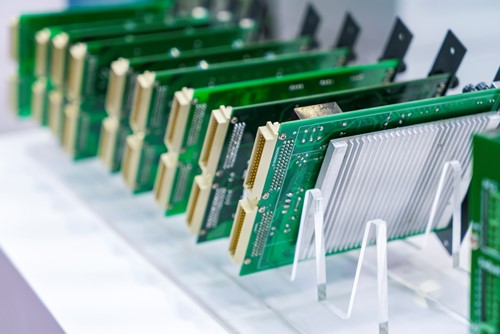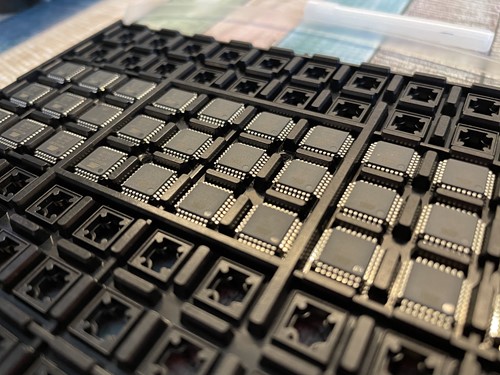How We Program IC Chips
Chip programming, especially when it comes to Integrated Circuits (ICs), is a complex and intriguing process. As your go-to experts in value-added device programming and tape and reel services, we at ProEx aim to demystify this topic for you. We'll lay out the key steps involved in our IC chip programming process, from the start programming stage right through to the final testing.

Understanding IC Chips
The first step in the programming process is gaining a solid understanding of what IC chips are. An Integrated Circuit (IC) chip, in simplest terms, is a set of electronic circuits bundled together on a small semiconductor material, typically silicon. The diverse types of ICs include digital, analog, mixed-signal, and radio frequency, each with its unique programming needs.
Selecting the Programming Software
The next step involves choosing the right programming software. This software, tailored for specific types of ICs, provides the necessary commands to the chip. It's essentially the 'brain' guiding the IC chip to perform its designed tasks. Each piece of programming software interacts with the IC chip in a unique way, depending on the intended function of the chip.
Transferring the Program onto the IC Chip
With the program written, it's time to transfer it onto the IC chip. This is done through a process known as 'burning', using a specialized device programmer. The programmer communicates with the chip through electrical signals, effectively imprinting the program onto the computer circuit.
Testing the Programmed Chip
The final step in the IC programming process is testing. This involves running the chip through a series of tests to ensure that it performs its intended functions correctly. If any issues are identified during testing, the chip may need to be reprogrammed or adjusted.
Offline Programming
While the above steps outline the main process of programming an IC chip, it's worth noting the role of offline programming. This method involves programming IC chips away from the main production line. This strategy allows for faster production cycles and higher efficiency by ensuring that programming does not become a bottleneck in the manufacturing process.
Demystifying the programming of IC chips is no small task, but we hope this walk-through has given you a clearer idea of the intricate process involved. Whether it's digital, analog, mixed-signal, or RF ICs, the principles remain the same – a delicate dance between software, hardware, and a comprehensive suite of tests to ensure the final product functions as designed.

Contact ProEx Today
Here at ProEx, we are proud to offer expert IC chip programming services, adding value to your devices with precision and care. Our industry-leading services offer you peace of mind, knowing that your chips are in the hands of seasoned professionals.
Ready to start programming? Contact us today for a consultation and let us take your IC chips to the next level. Remember, when it comes to chip programming, we've got you covered from start to finish. Trust ProEx with your next IC chip project, and let us show you why we're the industry leaders.